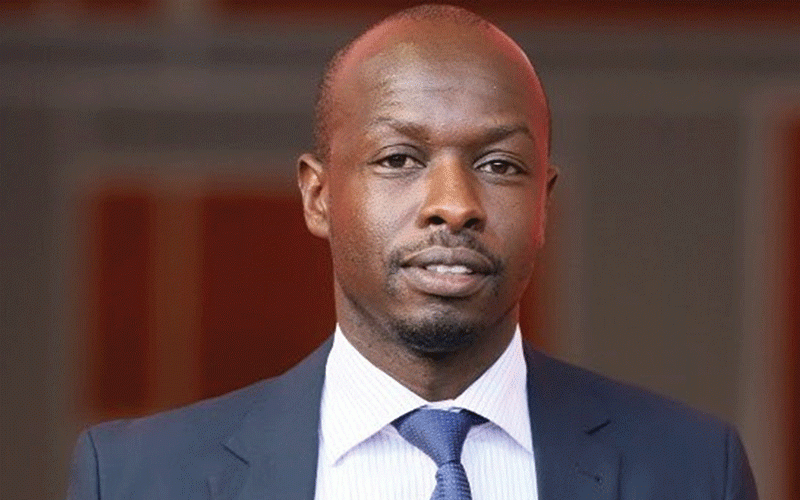
IN 2005, media magnate and billionaire Rupert Murdoch at the American Society of Newspaper Editors once said: “Scarcely a day goes by without some claim that new technologies are fast writing newsprint’s obituary. Yet, as an industry, many of us have been remarkably, unaccountably complacent. In the face of this revolution, however, we’ve been slow to react.
“We’ve sat by and watched while our newspapers have gradually lost circulation. We all know of great and expensive exceptions to this — but the technology in now moving much faster than in the past.”Innovative disruptions did not only confront business models, but also bulldozed themselves into changing functions of journalists. Historically, journalism has been shaped by purpose, format as well as means of distribution as well as politics.
While it is undeniable that politics has been informing journalism, particularly in Zimbabwe and across Africa where many nationalists lead in editing various publications, a lot has since changed and other content pillars like business, showbiz and sports are shaping journalism.
Julius Nyerere was editor of Sauti Ya Mtanzania, while Jomo Kenyatta edited Mwingithania.
The establishment of various media stables across Africa were either serving white monopoly protecting interests of colonial middle class, later some emerged to give majority of Africans a nationalist voice.
But as the prophetic words of Murdoch remind us, there are changes in media content, business models, newsroom processes as well as editorial roles and functions.
Rise of mobile journalism (MOJO)
While many marvel at multimedia and smartphones used to connect with the outside world and access news, journalists should know that it is the next big thing.
- Malawi chiefs shut down Chinese owned mines
- Malawi chiefs shut down Chinese owned mines
- Byo hosts annual media summit
- Feature: Pigeon rearing changes man’s life
Keep Reading
Digital storytelling using smartphones has become the new game in town and even media giants are utilising the device for live coverage.

The availability of tools that allow easy editing of video, text and audio and processing huge amounts of data making content generation seamless have made it possible for easy generation of multiple content format, highly on demand in today’s newsroom. This simply means it is now mandatory for every journalist to invest in these skills.
Video journalism, radio journalism, podcasting photography has been made possible without the expense of traditional high-cost equipment. Of course, there are instances where cameras are still needed.
Mobile journalism is not replacing cameras and heavy duty equipment yet, but with the build-up of experiments evidenced by the existence of movies that have been filmed primarily using smartphones, the little devices will soon be of preference due to convenience.
A fully MOJO newsrooms breaks down silos between various desks. The emergence of live media has actually made the demand for MOJO rise as audience demand breaking events in real time.
Globalisation has also made it possible for audiences to anticipate updates on what is happening outside their immediate surroundings, making it possible for easy exchange of ideas and cultures between countries and regions.
Due to digital migration, newsrooms are constantly investing in breaking news and updates. Instant gratification necessitates the need for real time news.
Unlike traditional reporting which used to lead with today’s headline tomorrow, mobile journalism has changed that. Cross platforms creativity and digital innovation has become the order of the day.
Among many of its benefits, MOJO empowers journalists to control the production process, making their voices heard in many aspects.
Smartphones can also be used discreetly and in places where media may face challenges when carrying heavy equipment.
Flexibility and affordability are also important factors which need not to be ignored.
Of course, journalists will obviously need to familiarise with the technical aspect on mobile phones to produce quality content.
There various Apps which can be explored to enhance quality and many of these are free: Open Camera, Camera FV-5 — which has a lot of manual controls, Camera MX, ProShot, all these are compatible with android. Those with iPhones can use ProCamera, Lightroom, Camera+, VSCO Cam and many others.
While it is irresistible and tempting to post a video after shooting, there are also Apps that allow journalists to edit videos on the go with many of them providing desktop functionality, and some tailored to harness the power of shorter and more random clips.
Using such applications as FilmoraGO, Adobe Premiere Rush, VideoShow, PowerDirector, Kinemaster and Quick, journalists can actually wake up to a cinema in the palm of their hands.
We meet next week!!
- Silence Mugadzaweta is Digital & Online Editor for Alpha Media Holdings and content strategies blogger for International News Media Association.










